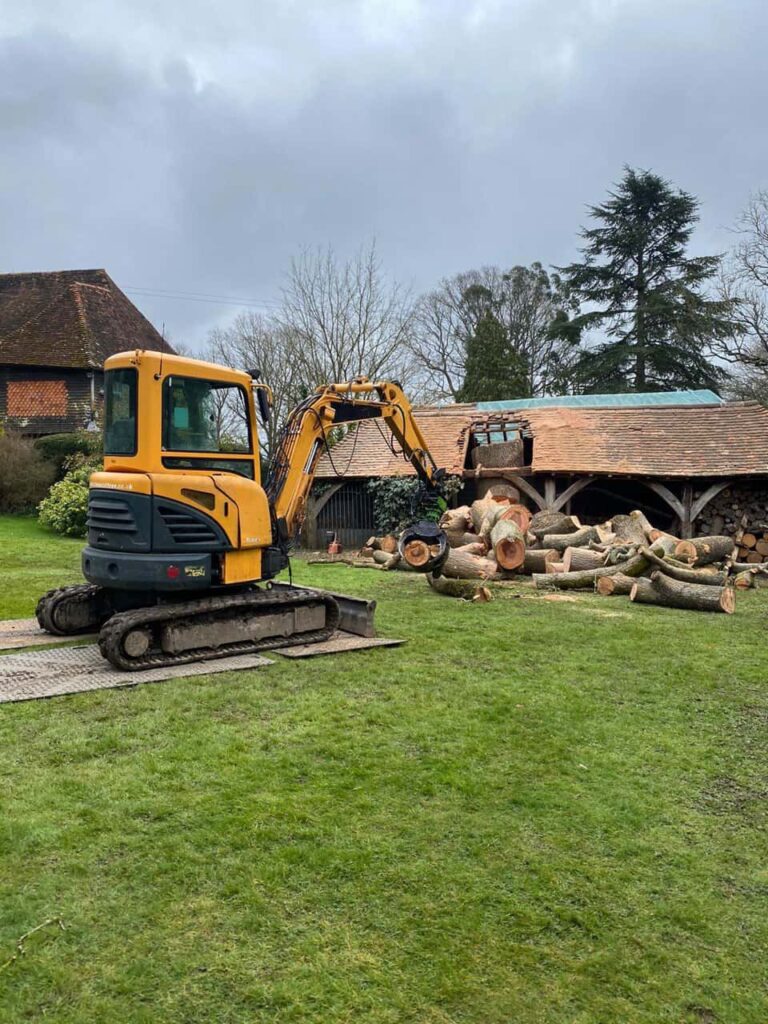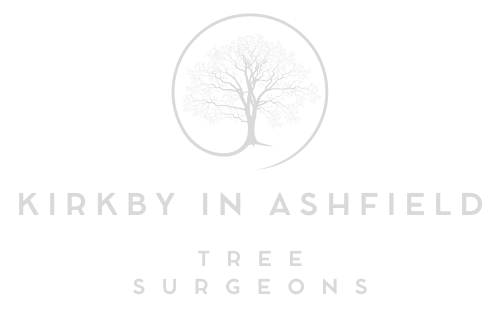Tree Trimming and Wildlife Habitat Preservation
Introduction: Trees are a significant part of our landscapes and crucial to the ecosystems they support. They provide shelter, food, and nesting sites for various wildlife. However, tree maintenance, including trimming, is often necessary for safety and aesthetics. In this blog post, we’ll explore how responsible tree trimming practices can go hand in hand with wildlife habitat preservation, ensuring a harmonious coexistence between trees and the creatures that call them home.
1. Mindful Trimming Practices:
Responsible tree trimming begins with a commitment to minimising the impact on wildlife. Arborists and tree surgeons can employ careful, selective trimming techniques that preserve essential habitats within trees.
2. Avoid Nesting Seasons:
To protect nesting birds and other wildlife, tree trimming should ideally be scheduled when nesting is less likely to occur. This minimises the disturbance to breeding and nesting animals.
3. Leave Wildlife-Friendly Branches:
During trimming, arborists can leave behind branches with natural cavities, holes, or hollows, which can serve as nesting sites for various bird species, bats, and insects.
4. Retain Deadwood:
Deadwood, or dead branches, are essential for many wildlife species. Insects, fungi, and cavity-nesting birds thrive in these decaying branches. Trimming should retain some deadwood where possible, promoting biodiversity.
5. Create Wildlife Access Points:
Arborists can strategically trim trees to create access points for wildlife, such as woodpeckers, to forage for insects or excavate nesting cavities. These access points can mimic natural processes and promote healthy ecosystems.
6. Monitor and Preserve Hollow Trees:
Trees with hollows or cavities are invaluable for many wildlife species. Arborists can assess the structural integrity of such trees and, when safe, preserve them to continue providing habitat for wildlife.
7. Fruit Trees for Wildlife:
Many fruit trees provide food for birds, mammals, and insects. While trimming these trees, arborists can preserve fruit-bearing branches, benefiting both wildlife and the tree’s overall health.
8. Promote Diverse Tree Species:
A diverse range of tree species in your landscape can support a wider variety of wildlife. Arborists can recommend planting and maintaining different tree species to attract and support various animals.
9. Expert Guidance:
Consulting with certified arborists or professional tree surgeons who are knowledgeable about wildlife habitat preservation is crucial. They can assess your trees, recommend trimming practices that benefit trees and wildlife, and identify any specific conservation needs.
10. Educating Homeowners:
Homeowners can play a role in wildlife habitat preservation by being aware of the importance of trees in their landscape. They can also communicate their wildlife preservation goals to tree care professionals to ensure responsible trimming practices are followed.
Conclusion: Tree trimming and wildlife habitat preservation are not mutually exclusive; they can coexist harmoniously. By adopting responsible trimming practices, we can maintain the safety and aesthetics of our landscapes while preserving essential habitats for wildlife. Consulting with professionals who understand the delicate balance between tree care and wildlife conservation ensures that both goals are met. Together, we can create landscapes that are not only beautiful but also thriving ecosystems that support a diverse array of wildlife.
Call us on: 01623 700 895
Click here to find out more about Kirkby in Ashfield Tree Surgeons
Click here to complete our contact form and see how we can help with your tree’s needs.

